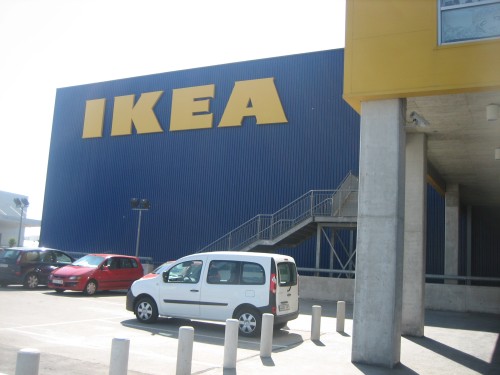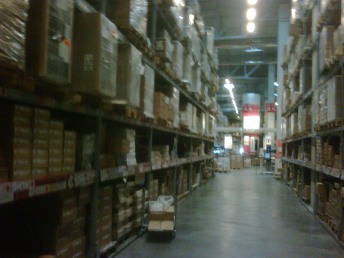Jeff Bezos founded Amazon.com in 1994. Originally the business was based out of his garage in his Bellevue, Washington home. A businessman by the name of Nick Hanauer believed in Bezos’ idea and decided to invest $40,000 in the venture. When Amazon first decided to go online, its layout was not as flashy as it is today. In fact, the site looked very plain and unattractive to most visitors, causing the business to start out on shaky ground. A man by the name of Tom Alburg decided to invest $100,000 in Amazon in 1995, which helped the company fund a better looking website and hosting capabilities. When people began purchasing books from Amazon, Bezos was in awe that he had customers from all over the country, not just Washington State, purchasing books.
Bezos decided that he had to create more than just a bookstore if he wanted people to come back as customers. He added the option of buyers to write their own book reviews, which is a huge credit to Amazon.com’s success. People began to look at Amazon as more of an online community and not just a place to purchase things. By 1997, Amazon.com had generated $15.7 million in revenue. Once the company went public the same year, they decided to add CDs and movies to the website. In 1998, Amazon added some new items to the roster: software, electronics, video games, toys, and home improvement items. Once the company began showing signs of success, people became skeptic and claimed that Amazon was getting too large in too short an amount of time.
Despite these crytics in 2006, Amazon.com sells a lot more than books and has sites serving seven countries, with 21 fulfillment centers around the globe totaling more than 9 million square feet of warehouse space.
Indeed the above as an interesting case of study, but of our topic, Logistics, I thought would have been interesting how does this company manage the warehouse and the delivery process of thousands items per day, millions per week.
Following is a good video which explain us how the warehouse is done in an Amazon distribution center. The speaker explain us as after receiving the order all items are picked up by pickers (persons) scanned and put into boxes, and dropping these to the packaging area where different orders are packaged and ready to be distributed.
A question came up to me after seeing this video: wouldn’t be much cheaper for a company as Amazon to implement an automatic warehousing as we’ve seen Mercadona, for example, is doing in Ciempozuelos???
And also a video where its explaines us how with this service, customers send inventories directly to Amazon where it these are stored and managed in a secure, climate controlled facility. When orders are received, Amazon will professionally pick, pack and ship the product directly to their customer:
And to conclude a final video on news and politics on Amazon which basically gives us an idea of the importance that Logistics have on the labour market.










Recent Comments